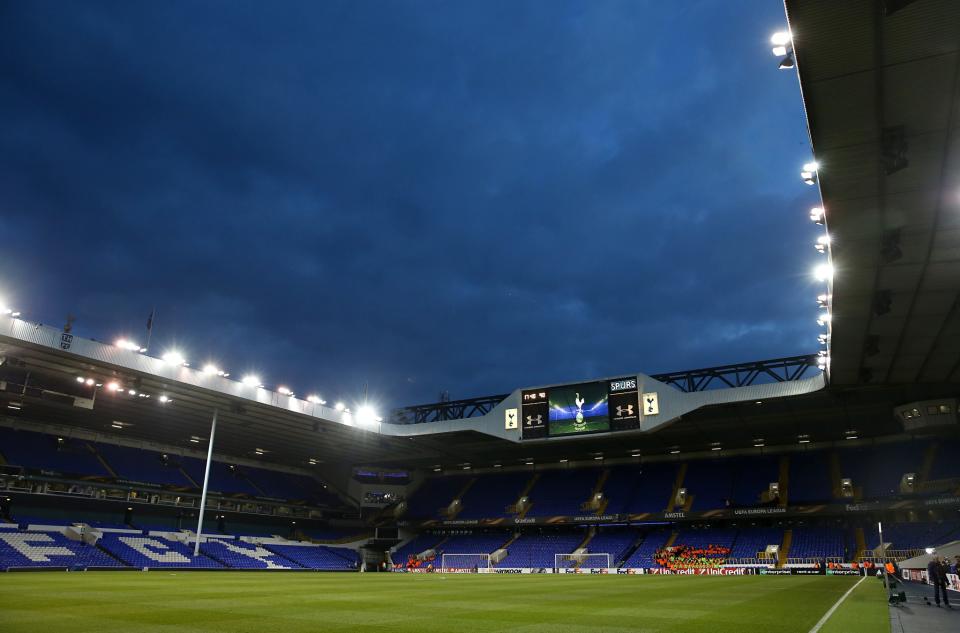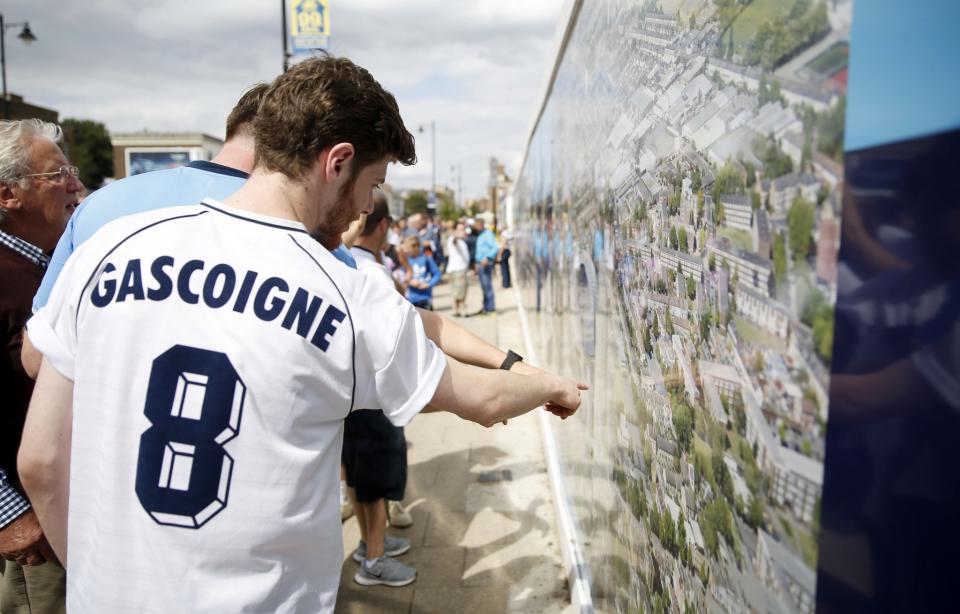Take a trip down Memory Lane as new film pays tribute to Tottenham's famous ground

White Hart Lane under the floodlightsWelcome to White Hart Lane, the world famous home of the Spurs. That phrase, deployed by DJ Willie Morgan when he began working as the club’s stadium announcer in the 1980/81 season, has become almost as familiar as Danny Blanchflower’s famous quote about Glory.
It is a special stadium, loved by generations of Spurs fans and respected by those whose allegiances lie elsewhere. Just ten years ago, in an era when the dwindling of atmosphere across the top flight was widely bemoaned, one journalist at the Bolton Evening News called White Hart Lane “by far the best stage” in the Premier League, saying “the noise is constant and electric and the passion is tangible”.
For 118 years, dreams have been weaved at the stadium, situated just yards from the spot where, 17 years before it opened its gates, a group of local schoolboys formed a football club to occupy their time and keep them out of trouble. But an era is coming to an end, and at the end of a campaign that has sent the home support into dreamland once more, the old ground will be left behind forever.
There has been talk of a new stadium for Tottenham Hotspur for over 10 years. And now, it seems, it is finally happening. More fans want to get in to see the team – the waiting list for season tickets is now over 80,000 – and the club needs to generate more revenue to compete at the top.
There comes a time when you have to move on. But now, for these precious last few weeks, Spurs fans want to remember where we have been for so long, to savour those last moments in one of the great arenas of world football. The time of extolling the virtues of the new cathedral will come. Right now, we want to worship on familiar ground.
The last two games could hardly have been better scripted. Arsenal in the North London Derby, and then a finale against Manchester United, who were Tottenham Hotspur’s opponents when the London side made its home debut in the First Division in 1909. It will be an emotional send-off.
What the current White Hart Lane means to fans and players alike is beautifully illustrated in a touching film tribute called Memory Lane, the making of which links back neatly to the club’s origins. Made by a group of fans, the film talks to historians, writers, loyal fans and Spurs legend Micky Hazard while combining archive photography with footage and images from in and around the ground in modern times.
The film was made to raise money for Haringey-based charity Exposure, which seeks to give disadvantaged local youngsters experience in the communications industry. In doing so, it draws on a tradition that goes right back to those schoolboys meeting under a gas lamp on the High Road to form a football club in 1882.
What Memory Lane recognises is that a stadium is more than bricks and mortar, more than steel and glass. As the club’s own Official History of the stadium says, the atmosphere inside the ground is: “a product of accumulated experience, of history reaching across the years to touch those watching at any fixed point in time”. Designed by Archibald Leitch, the UK’s pre-eminent football stadium designer in the early years of the game, White Hart Lane’s iconic stands with their covered paddocks and mock-Tudor gabling etched themselves into the popular consciousness as the team made history.
Arthur Rowe’s innovative push-and run side of the early 1950s changed the way English football was played; Bill Nicholson’s Super Spurs made history as the first winners of the modern double in the early 1960s and went on to establish a tradition of Glory Glory Nights under the floodlights; Keith Burkinshaw’s side of the early 1980s showcased the magic of Glenn Hoddle and two Argentine World Cup winners at a time when overseas players were a novelty, and another European trophy was secured under the lights.
David Pleat’s innovative five-man midfield came whisker close to glory as Clive Allen scored 49 goals in a single season; Harry Redknapp’s side took the Champions League by storm and launched a lad called Gareth Bale onto the world stage after an unforgettable display against the European champions; and most recently Mauricio Pochettino’s side has been, well, magic, you know. All of this has been played out on that same patch of ground, against a backdrop that has changed its clothes but not its heart. That’s what is meant by accumulated experience.

The connection matters. When the club wanted to move to East London and into the Olympic Stadium site, there was uproar. That surprised many, including some of us doing the roaring. In an era of hard-headed business, words such as tradition and emotion and talk of passion and belonging seemed destined to be blown away by the cold winds of commerce. W
hy that move away never happened is speculated upon in the film, and still provokes intense debate. But the fact is that Tottenham Hotspur will remain in Tottenham, albeit after a brief move to Wembley, and now even the hard-headed commercial types are making a virtue of the fact. And surely that is right. When a club has stayed so close to its roots for 135 years, you uproot it at your peril.
The Memory Lane film is not just a permanent record of one of English football’s great stadiums. It is a reminder of why the game means so much to so many. And a reminder too of the good the game can do. As the club’s own history of the stadium puts it, the story of White Hart Lane is: “a story of passion, noise and excitement, of shared experience and of many thousands of individual memories.
Most of all, it is a story of a secular cathedral and its traditions and personality, and of how those elements are being taken on to meet new challenges and create new stories, new histories. If understanding our past enables us better to create our future, then this story can play its part in ensuring the next chapter of the club’s history is a rewarding as the last.”
Memory Lane is being shown at a special free celebration in Tottenham staged by Exposure and supported by the Tottenham Community Press on Sunday 11 June between 1pm and 5pm at Bruce Castle Museum.
The film can be viewed through a donation to Exposure
£5 – requested minimum to help cover costs
£10 – students, OAPs, concessions etc
£20 – it’s worth this much at least!
£50 – West Stand season ticket holders etc
£100 – executive box holders, professional footballers, Daniel Levy etc
UK taxpayers, please boost your donation by 25p of Gift Aid for every £1 you donate: Gift Aid Form
You do not need a PayPal account to donate. You can choose the option to pay by card.
Once you donate, click the link to return to the website where you will be able to view the documentary. You can return to the site to watch as many times as you like.

 Yahoo Sport
Yahoo Sport 





































